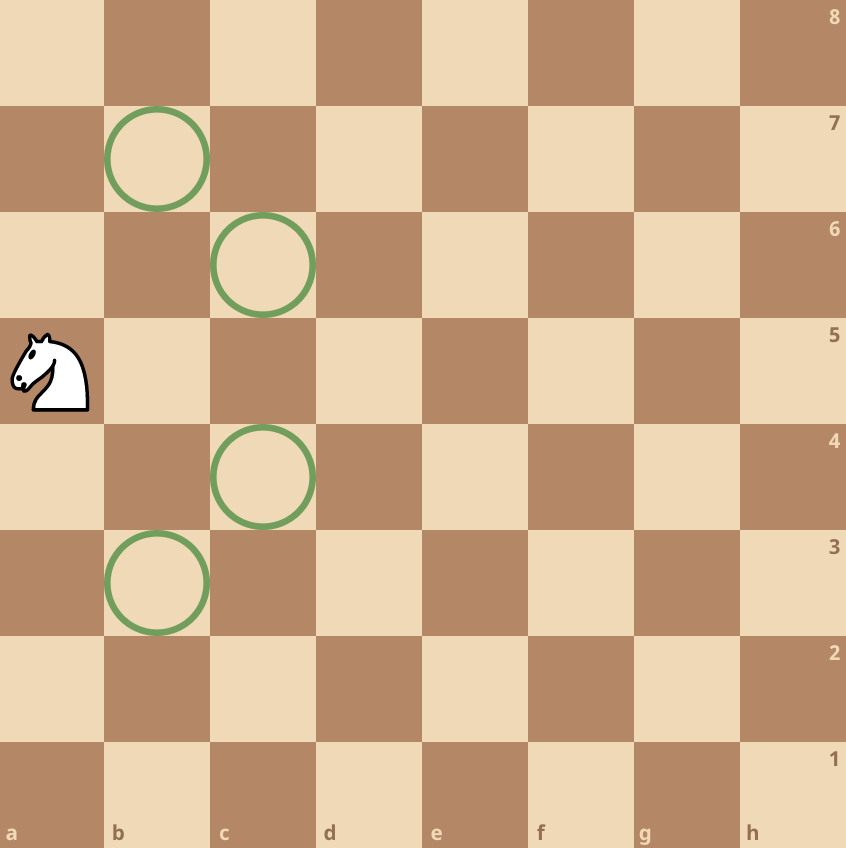Piece Positioning: Knights
Piece Positioning:
This section will detail strategic piece positioning for several different pieces. It’s easy to let pieces fly around the board without strategy, but a thoughtful position frequently results in a greater advantage.
Benefits to the Third Rank Knight:
A knight on the third rank is relatively strong because it controls the center and provides great defense for other pieces. Additionally, the knight has the ability to jump onto the fifth rank in a single move, attacking enemy pieces. In the diagram, white has the opportunity to move Ng5 which threatens Qh7+ the next move.

Benefits to the Fourth Rank Knight:
A knight on the fourth is pretty powerful because it has offensive and defensive purposes. Take a look at the diagram and observe the white knight’s influence. It is defending two different pieces and threatening two of black’s pieces. Since controlling the center leads to successful chess games, a well-placed knight can lead to a strong advantage.

Benefits to the Fifth Rank Knight
A knight on the fifth rank is powerful because the piece has ventured into enemy territory and threatens their material. The black knight in the diagram is threatening many of white’s pieces. Black was smart about the positioning of this piece and brought up the pawn to the defend the knight. While using your knight to make threats is important, but always make sure it has support from other pieces. A premature attack will results in the loss of pieces.


Benefits to the Sixth Rank Knight:
A knight on the sixth rank has ecellent control over enemy territory. It still has great control over eight different squares and is maximizing its effectiveness in the heart of the enemy position.

A Knight on the Rim is Grim:
Remember the saying from above when positioning your knight. When the knight is positioned in the center, it has access to eight different squares. However, when the knight is positioned on the rim, it only has access to four squares. The knight’s power gets cut in half and loses control over the center of the board.

Don’t Place a Knight on the Seventh Rank:
The knight on the seventh rank operates in a similar function to a knight on the rim. While it has slightly more mobility than a knight on the rim, it still only has access to six different squares. The knight is unable to utilize its full power and does not control the center.

